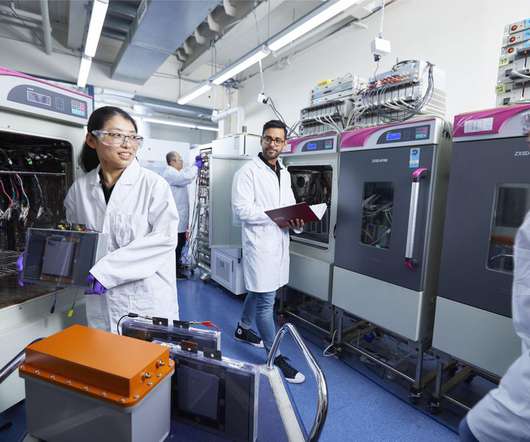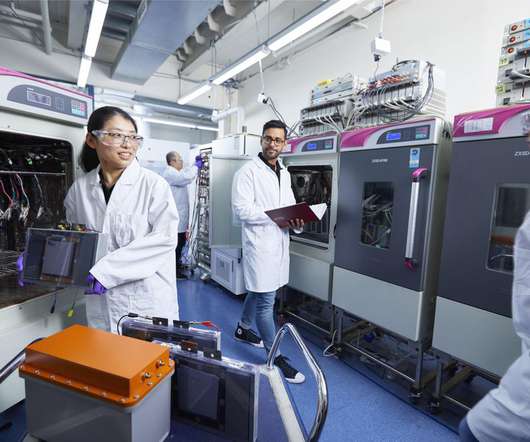Could Zinc Gel Chemistry Outperform Flow Batteries?
Cars That Think
OCTOBER 27, 2021
—Thomas Maschmeyer, Gelion Technologies As for applications, with a charging rate sweet spot of 4 hours and a discharge rate of between 2 to 36 hours, the Gelion Endure is not suitable for quick bursts of high power, as is needed in electric vehicles or to stabilize the voltage in an electric grid.













Let's personalize your content